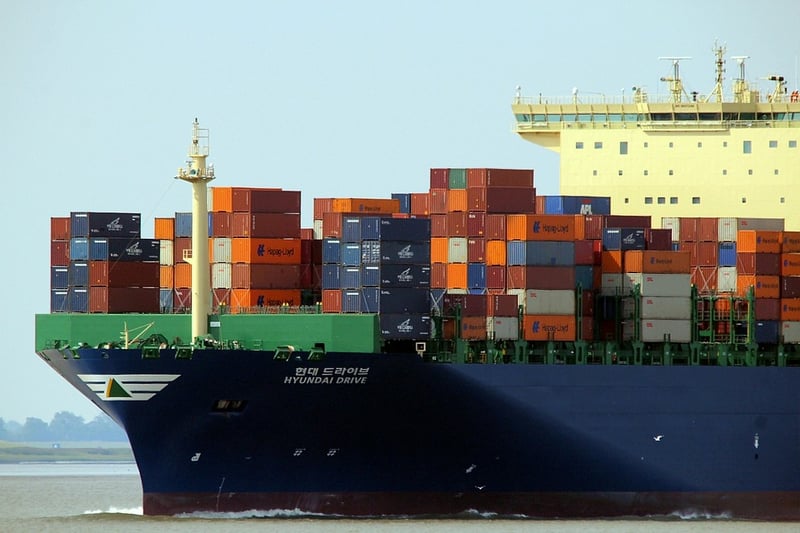
Consumers are becoming increasingly concerned about the carbon footprints of their supply chains. This is a challenge for car manufacturers and sellers, as vehicle manufacturing is a truly global enterprise. Shipping is one of the biggest global contributors to CO2 and NO2 emissions. Is there a way of transporting a fleet of cars responsibly?
Changes to containerised travel
90% of global trade involves container shipping. As such, the industry is acutely aware that it needs to make changes. Studies have shown that positive changes are being made. These include investment in greener fuels, and innovations in container ship development. China’s ‘Belt and Road’ initiative is fuelling this agenda, as their plans to re-establish the ancient Silk Road will only come to fruition if they can support increasingly stringent international emissions targets. As such, times are changing for containerised transport, and – whilst currently far from perfect – it is sailing in the right direction. Ferries, which have such a low impact on the global trade stage that they attract little R&D, are lagging behind.
Improving the container process
For many years, containers relied solely upon wooden pallets and racks. Many of these were single use, representing an extremely poor use of natural resources. As wooden racks do not work well for vehicle transport, it was this that led the car transport eco-revolution by developing more effective – and sustainable – solutions.
Racks such as the R-RAK are made from high-grade steel, and can simply be recycled at the end of their 7-10 year lifespan. This zero waste approach helps dampen the carbon footprint of shipping, and ensures that containers are used responsibly.
Cutting fuel use across the journey
There are several ways that container shipping reduces fuel consumption. Firstly, once they are loaded, cars do not have to be driven. Given that long sea journeys usually involve several change-overs as cars are moved between different types of boat, this factor has a surprisingly rapid cumulative impact. Secondly, container journeys are highly efficient. The ships are designed to be able to dock in even very shallow ports, and this expands the range of launch and destination options. With more potential ports, efficient and more direct routes can be chosen. This has a distinct advantage over ferries and other transport modes.
A collaborative effort
Various commentators argue that making shipping ecologically safe is going to take a global collaborative effort. This collaboration includes cooperation between ship builders and ports, but also includes the vital role that companies that use container shipping play. By sending clear messages to the industry that environmentally friendly solutions matter, change will be accelerated. This means ditching highly polluting roll-on-roll-off ferries and insisting on the cleaner, more sustainable approach that the container shipping industry is now being forced to adopt.
Next steps
Container shipping still has a long way to go. However, for now it represents the most carbon friendly approach to overseas transport. This is something that consumers are increasingly demanding, and which the R-RAK makes possible. Find out more about the R-RAK by clicking here.
Image source: Pixabay















